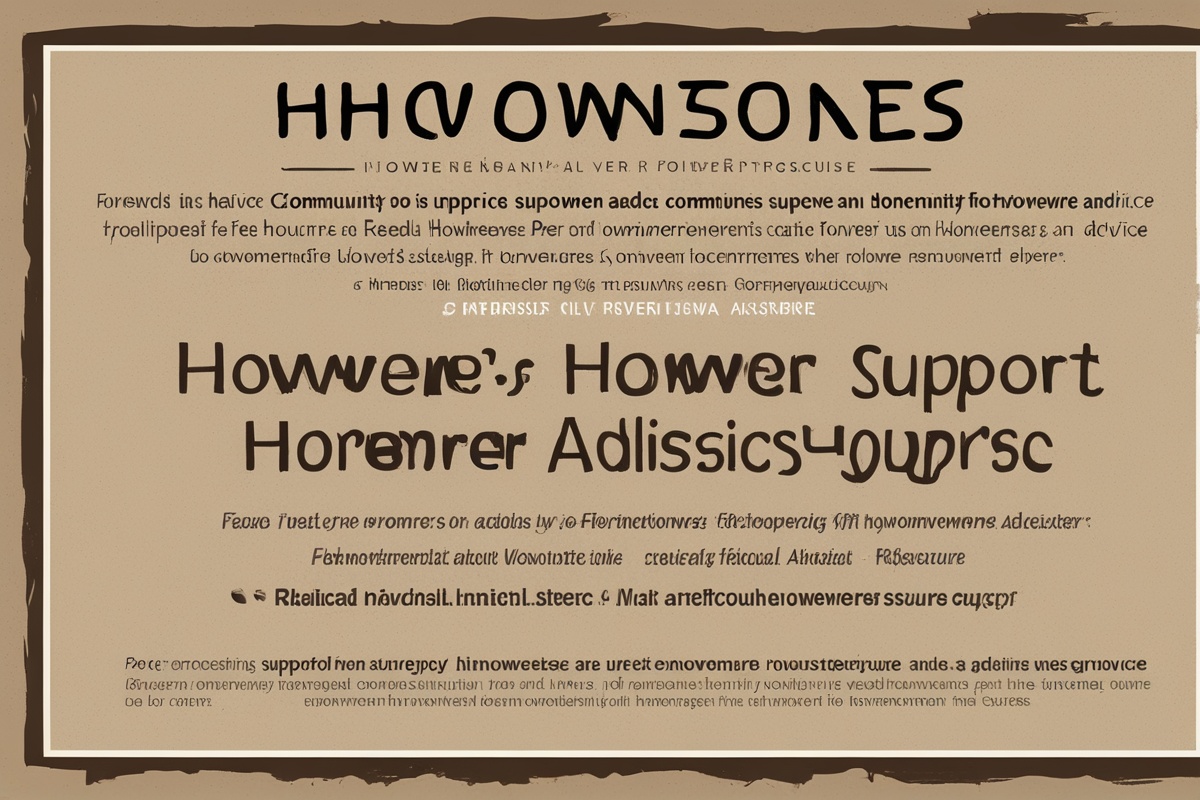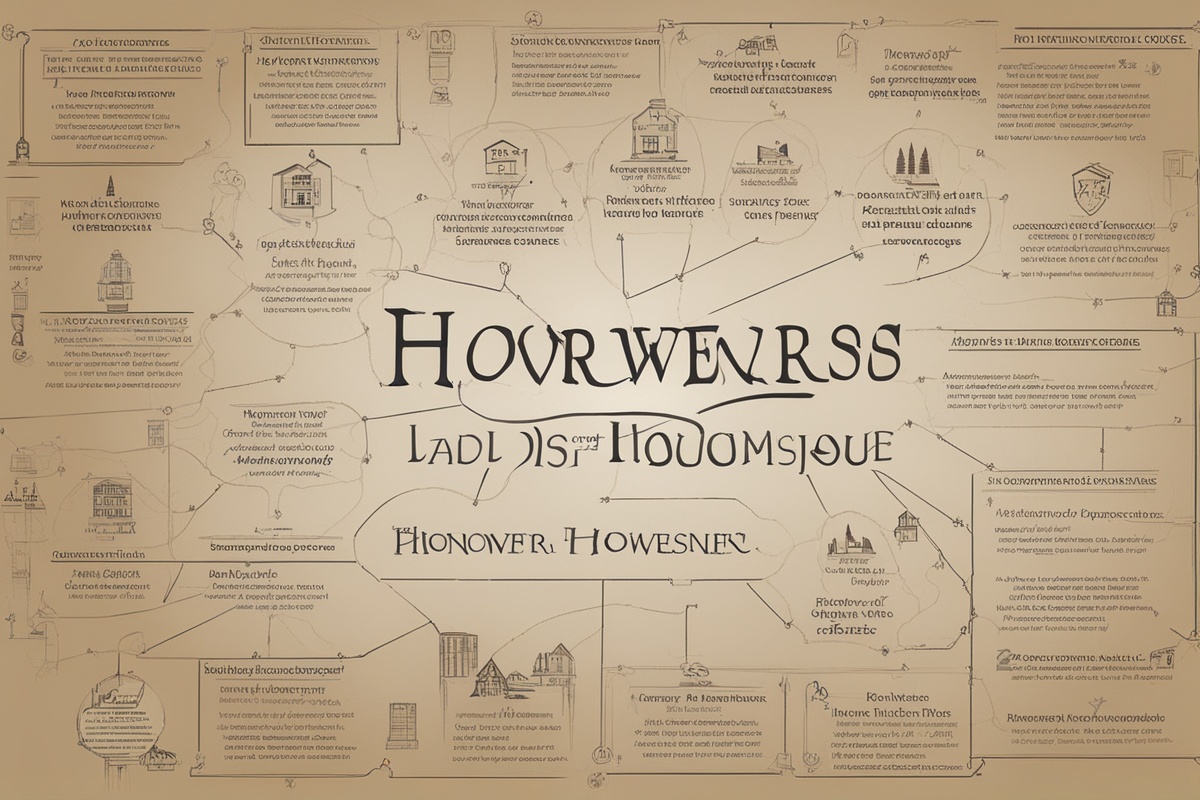Owning a home is a rewarding experience, but it often comes with challenges that can feel overwhelming when faced alone. Homeowner communities provide a valuable space for individuals to share experiences, solve problems, and build a sense of belonging. Whether you’re part of a formal homeowners association (HOA) or an informal neighborhood group, knowing how to navigate and contribute to these communities can make a significant difference in your homeownership journey. In this post, we’ll explore practical tips for homeowner communities to foster collaboration, address common issues, and create a thriving environment for everyone involved.
1. Establish Clear Communication Channels
Effective communication is the cornerstone of any successful homeowner community. Without clear and open lines of dialogue, misunderstandings can arise, leading to frustration among members. One of the most practical tips for homeowner communities is to establish reliable communication channels. This could include email newsletters, group chats on platforms like WhatsApp or Slack, or even a dedicated community bulletin board—both physical and digital. For instance, creating a private Facebook group can be an excellent way for residents to share updates, ask questions, and organize events in real-time.
Additionally, ensure that important announcements, such as maintenance schedules or policy changes, are communicated through multiple mediums to reach all members. Transparency in communication builds trust and encourages active participation. If you’re looking for tools to streamline this process, check out our guide on Top Digital Tools for Homeowner Associations for ideas on apps and platforms tailored for community management.
2. Organize Regular Community Meetings
Regular meetings are essential for keeping everyone on the same page and addressing concerns collectively. Schedule monthly or quarterly gatherings to discuss community matters, share updates, and brainstorm solutions to ongoing issues. A key tip among the practical tips for homeowner communities is to make these meetings accessible by offering both in-person and virtual attendance options, ensuring that busy homeowners or those with mobility challenges can still participate.
During these meetings, encourage an open forum where residents can voice their opinions and suggestions. Assign a moderator to keep discussions on track and ensure that every voice is heard. For more ideas on structuring effective meetings, refer to our post on How to Run Productive HOA Meetings, which offers actionable advice for fostering productive conversations.
3. Create Shared Resources and Guidelines
One of the most practical tips for homeowner communities is to develop a set of shared resources and guidelines that benefit everyone. This could include a community handbook outlining rules for property maintenance, noise levels, or pet policies. Having these guidelines in writing prevents confusion and provides a reference point for resolving disputes. Make sure these documents are easily accessible, either through a shared online drive or a printed copy distributed to new members.
Beyond rules, consider creating a resource list of trusted local contractors, emergency contacts, or even a tool-lending program for home repairs. Shared resources not only save time and money but also strengthen the sense of community by encouraging collaboration. For inspiration, take a look at our article on Building a Community Resource Directory to learn how to compile and maintain such lists effectively.
4. Encourage Participation Through Events and Initiatives
A vibrant homeowner community thrives on engagement, and one of the best ways to achieve this is by organizing events and initiatives that bring people together. Whether it’s a neighborhood cleanup day, a holiday potluck, or a gardening club, these activities foster camaraderie and create opportunities for residents to connect. Among the practical tips for homeowner communities, prioritizing inclusivity in event planning is key—offer a variety of activities that appeal to different age groups and interests.
Additionally, consider initiatives that address common homeowner concerns, such as workshops on home maintenance or energy efficiency. These events not only provide value but also empower residents with knowledge. Small gestures, like recognizing volunteers or celebrating community milestones, can go a long way in motivating participation.
5. Address Conflicts with Fairness and Transparency
Disputes are inevitable in any community, whether they stem from property boundaries, noise complaints, or differing opinions on community rules. Handling conflicts with fairness and transparency is among the most critical practical tips for homeowner communities. Establish a clear process for conflict resolution, such as a mediation committee or a step-by-step grievance procedure, to ensure that issues are addressed impartially.
When conflicts arise, encourage open dialogue between the parties involved and avoid taking sides. Document all discussions and decisions to maintain accountability. If tensions escalate, consider involving a neutral third party or professional mediator. For more insights on managing disagreements, explore our detailed guide on Conflict Resolution Strategies for Homeowner Groups.
6. Leverage Technology for Efficiency
In today’s digital age, technology can significantly enhance the way homeowner communities operate. From online payment systems for HOA dues to apps that track maintenance requests, leveraging tech tools is a practical tip for homeowner communities looking to streamline processes. Platforms like Nextdoor or Buildium can centralize communication, manage finances, and even facilitate voting on community matters.
Moreover, technology can help with transparency by providing a digital record of decisions, budgets, and meeting minutes. Ensure that all members are comfortable using these tools by offering tutorials or support sessions. For a deeper dive into tech solutions, read our post on Tech Innovations for Modern Homeowner Communities to discover the latest trends and tools.
Disclaimer: The information provided in this post is for general informational purposes only and should not be considered legal, financial, or professional advice. While we strive to offer accurate and up-to-date content, homeowner communities and HOAs often operate under specific local laws and regulations. We recommend consulting with a qualified professional or legal advisor for guidance tailored to your specific situation. The authors and publishers of this content are not responsible for any actions taken based on the information provided.
References
- Community Associations Institute – Homeowner Resources
- Nolo – Legal Guide to Homeowners Associations
- Consumer Reports – Making the Most of Your HOA
- Realtor.com – Homeowners Association Tips
- U.S. Department of Housing and Urban Development – Homeowners Associations
This content is for informational purposes only and not a substitute for professional advice.





